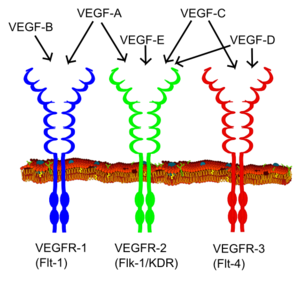PRP or Platelet Rich Plasma is a recent cosmetic adaptation of an old technology with promising yet unsubstantiated clinical evidence. ie it is still in the twilight zone of clinical research and is often called Vampire Facelift. (pun intended!). It is based on the theory that PRP is a rich source of many endogenous growth factors and cytokines that might play a role in enhancing wound healing. PRP is traditionally used in sports medicine and orthopedics but its cosmetic adaptation is based on the neoteric popularity of growth factors in this field. Growth factors could be a double edged sword in cosmetic dermatology. The following list includes the list of growth factors and cytokines present in higher concentration in PRP (courtesy wikipedia).

- platelet-derived growth factor
- transforming growth factor beta
- fibroblast growth factor
- insulin-like growth factor 1
- insulin-like growth factor 2
- vascular endothelial growth factor
- epidermal growth factor
- Interleukin 8
- keratinocyte growth factor
- connective tissue growth factor
 |
| VEGF receptors and ligands (Photo credit: Wikipedia) |
In the following posts I shall discuss the potential impacts (positive and negative) of these factors on skin from a cell biology perspective. I have no preconceived ideas at this stage neither have I explored them before. Together let us traverse this uncertain twilight zone. Perhaps we may be able to solve the mystery of PRP and who knows many other mysteries as well! BTW did you check out DermKnowledgeBASE?
Read all articles in this series on PRP.

Latest posts by Bell Eapen (see all)
- Machine learning-based BOTOX API - April 11, 2023
- Skinmesh: Machine learning for facial analysis - November 10, 2020
- Free Dermatology EMR for Machine Learning and Artificial Intelligence - January 2, 2020


Leave a Reply